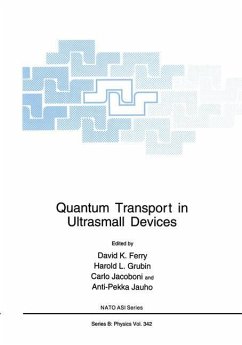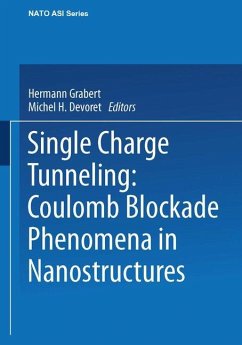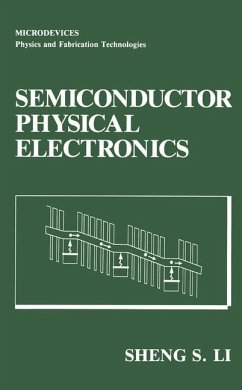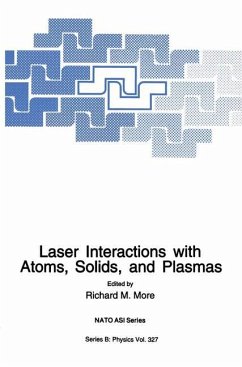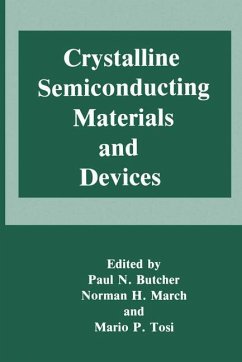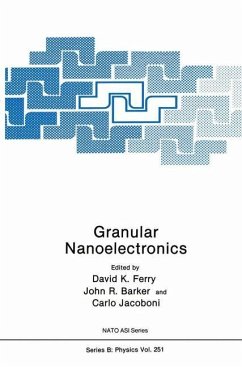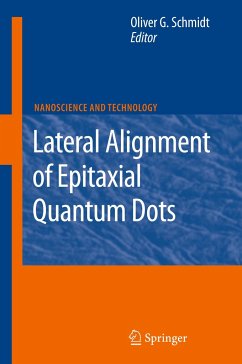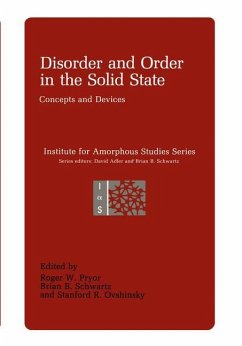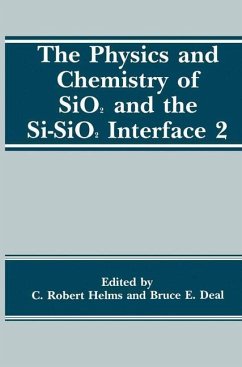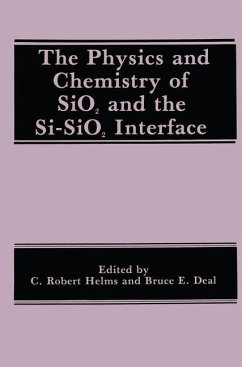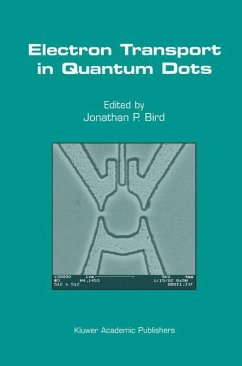
Electron Transport in Quantum Dots

PAYBACK Punkte
77 °P sammeln!
When I was contacted by Kluwer Academic Publishers in the Fall of 200 I, inviting me to edit a volume of papers on the issue of electron transport in quantum dots, I was excited by what I saw as an ideal opportunity to provide an overview of a field of research that has made significant contributions in recent years, both to our understanding of fundamental physics, and to the development of novel nanoelectronic technologies. The need for such a volume seemed to be made more pressing by the fact that few comprehensive reviews of this topic have appeared in the literature, in spite of the vast ...
When I was contacted by Kluwer Academic Publishers in the Fall of 200 I, inviting me to edit a volume of papers on the issue of electron transport in quantum dots, I was excited by what I saw as an ideal opportunity to provide an overview of a field of research that has made significant contributions in recent years, both to our understanding of fundamental physics, and to the development of novel nanoelectronic technologies. The need for such a volume seemed to be made more pressing by the fact that few comprehensive reviews of this topic have appeared in the literature, in spite of the vast activity in this area over the course of the last decade or so. With this motivation, I set out to try to compile a volume that would fairly reflect the wide range of opinions that has emerged in the study of electron transport in quantum dots. Indeed, there has been no effort on my part to ensure any consistency between the different chapters, since I would prefer that this volume instead serve as a useful forum for the debate of critical issues in this still developing field. In this matter, I have been assisted greatly by the excellent series of articles provided by the different authors, who are widely recognized as some of the leaders in this vital area of research.





